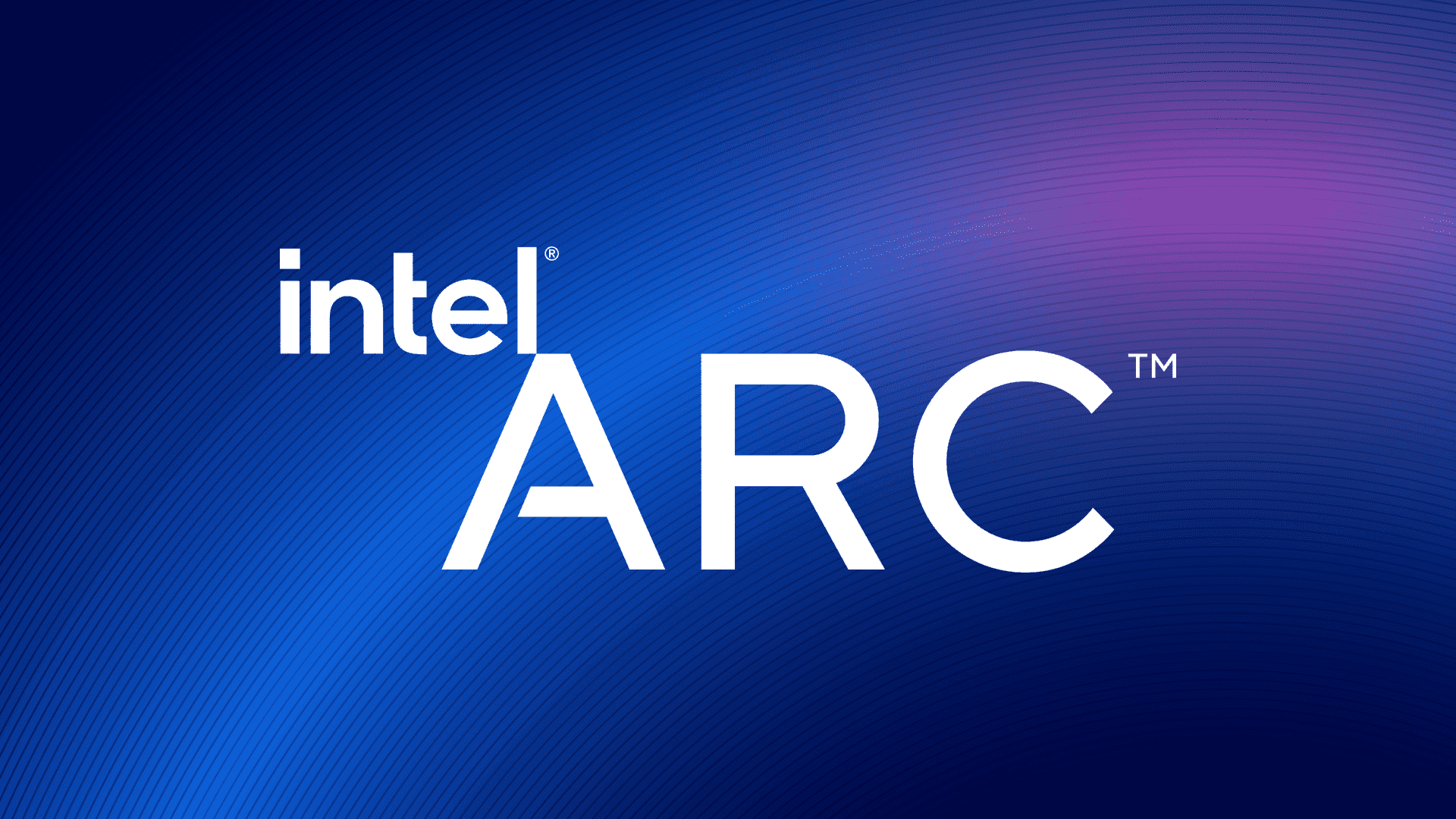Intel has set the stage for its next-generation graphics cards. The company will announce the Arc Battlemage GPUs on December 3, 2024. The first models expected are the Arc B570 and Arc B580, which will succeed Intel’s current lineup.
Rumors suggest these new GPUs will offer improved performance and features. The Arc B570 may include an 8-pin PCIe power connector, a 2.6GHz GPU clock, and support for HDMI 2.1 and DisplayPort 2.1. Intel plans to reveal full specifications during the announcement event.
GPU enthusiasts and tech watchers should mark their calendars for December 12, 2024. This date is reportedly set for the availability of the new Arc Battlemage cards and the release of first reviews. The upcoming launch represents a critical moment for Intel as it aims to strengthen its position in the competitive graphics card market.
The Tweet Reads As Follows:
Happy December! It’s time to B merry
See you on December 3rd at 9am ET on http://youtube.com/intelgaming PT: 6:00 AM CET: 3:00 PM JST: 11:00 PM AET: 12:00 AM (Dec 4th)
Key Takeaways
- Intel will announce Arc Battlemage GPUs on December 3, 2024
- Arc B570 and B580 are expected to be the first models revealed
- Reviews and availability are slated for December 12, 2024
Overview of Intel’s Arc Battlemage GPU
Intel’s Arc Battlemage GPU lineup represents the company’s second generation of desktop graphics cards. This new series aims to strengthen Intel’s position in the discrete GPU market and compete with established players.
Intel’s Position in the GPU Market
Intel enters the GPU market as a challenger to NVIDIA and AMD. The company leverages its expertise in semiconductor manufacturing to create competitive graphics solutions. Intel’s Arc Battlemage GPUs target mid-range to high-end performance segments.
The Arc Battlemage series builds on the foundation laid by the first-generation Arc GPUs. Intel aims to address previous shortcomings and improve driver support. This new lineup demonstrates Intel’s commitment to becoming a major player in the discrete GPU space.
Arc Battlemage Specifications
The Arc Battlemage B580 is expected to be the flagship model in the new lineup. It will likely feature 32 Xe2 cores based on Intel’s Xe2-HPG architecture. This represents a significant upgrade from the previous generation.
Leaked information suggests the following specifications for the Arc B570:
- 8-pin PCIe power connector
- 2.6GHz GPU clock
- HDMI 2.1 support
- DisplayPort 2.1 support
These features indicate Intel’s focus on delivering competitive performance and modern connectivity options.
Competitive Landscape
Intel’s Arc Battlemage GPUs will face stiff competition from NVIDIA’s and AMD’s established product lines. The success of the Battlemage series will depend on its performance, pricing, and feature set relative to competitors.
Key factors for competitiveness include:
- Raw performance in gaming and content creation
- Power efficiency
- Ray tracing capabilities
- AI-enhanced features
Intel’s ability to optimize drivers and secure game developer support will play a crucial role in the Arc Battlemage’s market reception. The company’s entry is expected to increase competition and potentially lead to more competitive pricing in the GPU market.







